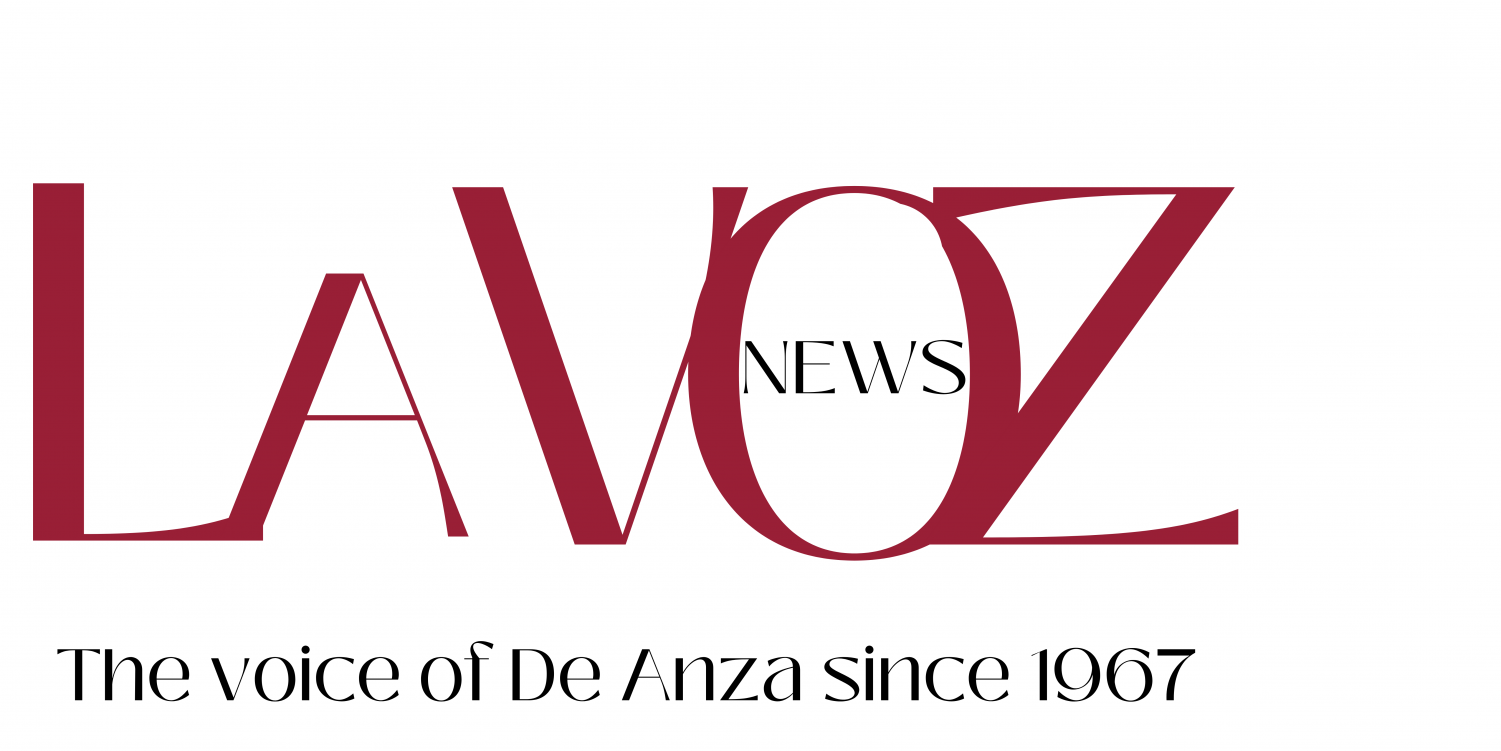Obviously, one of the factors that people take into consideration when deciding whom to elect as president is each candidate’s economic agenda – for both the long and the short term. Admittedly, I’ve been stalling to avoid this issue for as long as possible, but recently, several people have asked me to address it, and since we are down now to three real contenders, I’ll attempt to fulfill my civic duty. OK, here goes – just remember, you asked for it:
Many suggest that with John McCain, we will simply get another four years of Bush policies. But recently he has tried to distance himself from that approach and the current administration’s profligate ways. McCain’s short term fiscal policies include cutting the corporate tax rate from 35 percent to 25 percent, cutting over $10 billion in “pork barrel spending” and a plan to allow businesses to deduct investment in equipment and technology for the first year. In the long term, he wants to establish personal accounts for Social Security, repeal the Alternative Minimum Tax, institute tax credits towards health care, and extend Bush’s tax cuts. In sum, most figure that his spending plans would far exceed his cuts, which defies his proposed goal of balancing the budget after his first year in office.
Hillary Clinton’s “plan for shared prosperity,” in the short term, includes a moratorium on foreclosures, a five-year rate freeze on some subprime mortgages and additional tax rebates if the economy continues to sputter. The longer term planks of her platform include the funding of an alternative energy agency, the expansion of programs to help those whose jobs have been lost to outsourcing and repealing the Bush tax cuts for the top two income brackets. She has also proposed a plan that would ostensibly provide “quality, affordable health care for every American.” As for trade, she has hinted at a re-opening of such agreements as NAFTA and a “time-out” on any new ones. She is also in favor of a cap-and-trade system to combat global warming. And, of course, she intends to balance the budget. All in all, a pretty ambitious plan – she’ll need someone to water the money tree at the White House 24 hours a day.
Barack Obama’s plan is also rather ambitious and somewhat similar to Clinton’s. In his case though, the money tree will need some extra fertilizer. For short term relief to the beleaguered economy, Obama would add an additional $30 billion in stimuli and a relief plan for homeowners hit by the housing crunch. For the longer term, he would expand the Earned Income Tax and Child Tax credits for low income workers, reduce oil consumption by improving fuel economy standards, provide national health insurance, raise the minimum wage and increase the capital gains and Social Security taxes. Like Clinton and McCain, he wants to establish a cap-and-trade system. In some areas, he has been a bit vague as to the costs of his programs, but it is unlikely his administration will be able to balance the budget, either.
There you are, presented as briefly (and objectively?) as possible. Stay tuned next week for a slightly less objective analysis of these three agendas.
Stephen Zill is an economics instructor at De Anza College. He has a money tree in his backyard that he waters every day.








